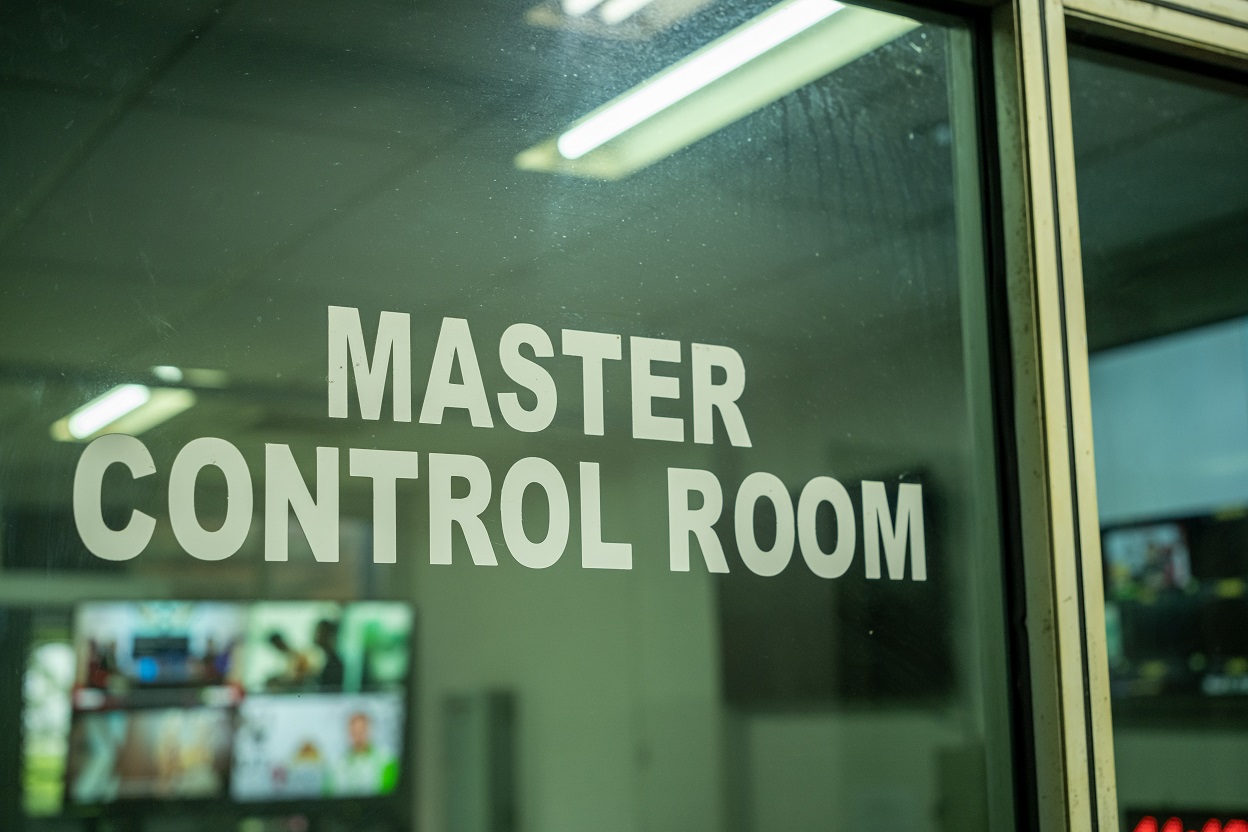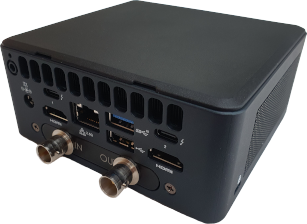 Recently, one of our partners panicked due to what appeared to be a problem with a video stream. But the stream was functioning correctly; the issue occurred because he was watching the stream on a desktop video player.
Recently, one of our partners panicked due to what appeared to be a problem with a video stream. But the stream was functioning correctly; the issue occurred because he was watching the stream on a desktop video player.
This situation highlights the growing trend of relying on consumer-grade technology for monitoring video feeds, especially as more content is moving to the Cloud. Many users are using their laptops or PCs – often using players such as VLC or even web browsers – for monitoring purposes. And while tools such as VLC are excellent, the underlying hardware can compromise the quality of monitoring.
In this blog post, we’ll examine the challenges of monitoring professional content on consumer-grade devices, their causes, and how to avoid them. Note, that when we use the term “users” in this post, we’re not referring to end-users, but to professional users who are monitoring a broadcast feed.
The Limitations of Consumer Devices
While laptops and PCs are convenient, they often lack the necessary hardware capabilities to handle professional video streams effectively. Here are some reasons why:
- Power-saving features: As we discussed in a previous article, consumer devices often implement aggressive power-saving features that can throttle performance. This results in stuttering or dropped frames during playback, especially during 1080p50/60 video streams. At 1080p60, every frame lasts for 16ms and so power saving transitions lasting a few milliseconds are a considerable portion of that frame’s processing time.
- Consumer-grade decoding: Many devices, especially Apple devices, default to a Graphics Processing Unit (GPU), which is designed for consumer video stream playback (i.e video streams not using more advanced features used in professional applications). This can prevent them from decoding professional streams, particularly those requiring specific formats, such as our lowest latency streams using Intra Refresh techniques or streams using 4:2:2 video.
The Problem of False Positives
False positives occur when the monitoring setup indicates a problem that does not actually exist in the video stream. Both the power-saving features and the consumer-grade decoding mentioned above can cause playback issues such as stuttering, creating the illusion of a problem in the stream itself. This leads to unnecessary panic among engineers and users trying to monitor the content.
As 1080p50/60 contribution video feeds become more common, users may experience playback issues that do not reflect the actual stream quality, causing confusion and operational challenges. The point of monitoring is to provide a near-exact representation of the content being transmitted.
The Trend of Using Video Conferencing Tools
Another concerning trend is the increasing reliance on web browsers and low-end video conferencing tools, such as WebRTC, for monitoring video feeds. While these tools are convenient, they add another layer of complexity to the monitoring process as they are using an extremely complicated browser video conferencing stack. Using them can exacerbate the issues already present in consumer devices, leading to further confusion due to significant discrepancies in playback quality. Users may not realise that the video they are viewing is not an accurate representation of the original stream. We have written about some of the differences between MPEG-TS and formats like WebRTC in another blog post.
A good example of this issue is the behaviour during network jitter. It is normal for consumer internet (especially WiFi) to have network jitter and network jitter spikes. Protocols like SRT and Zixi have controllable dejitter buffers to compensate for this and continue producing a smooth picture. WebRTC doesn’t allow easy control of its jitter buffer, and so network jitter appears as a stuttering and glitching picture. Note that this is entirely as a result of the monitoring method – the glitches were not present at source. WebRTC also has a very small, and not user-controllable retransmission buffer. This means it’s substantially more prone to packet loss and associated glitches.
There’s also a lot going on in browsers themselves, and differences in behaviour between browser vendors and different Operating Systems. All of these factors make in-browser monitoring of professional video a risky move.
The Need for Dedicated Decoders

To avoid these challenges, it is important to invest in dedicated solutions for reliable video monitoring. Our small form factor “NUC” decoders are ideal for this – many of our employees use them at their homes because of confusion caused by desktop video playback. Traditionally, full size (and loud!) receivers were needed to decode professional video feeds, but our NUC makes this possible in a small and quiet unit.
Our small form factor decoders are specifically designed to handle professional video streams, enabling smooth playback of high-quality video and ensuring compatibility with various formats. As true decoders to SDI, they minimise the risk of false positives, providing an accurate representation of the stream.
It’s important to note that while our decoders are indeed based on computer hardware, they differ from consumer devices in three key ways:
- We have addressed the power-saving issues (see previous blog post)
- The computer is not using a desktop environment and doesn’t have the myriad complexities associated with desktop decoding and rendering.
- The video processing pipeline of a professional video decoder is superior to that of a general-purpose video player or web browser. The pipeline of a professional decoder like ours is extremely tightly coupled to the SDI output, unlike consumer players which by design cannot directly communicate to video/audio hardware (e.g no access to hardware clocks).
Conclusion
The challenges of monitoring professional video content on consumer devices are significant, creating an environment ripe for false positives and can lead to confusion and operational issues. The only way to avoid this is to use dedicated solutions. Investing in decoders, like our small form factor decoders, ensures reliable performance and accurate monitoring, allowing professionals to focus on delivering high-quality content without unnecessary panic.
Learn more about our range of compact and larger encoders and decoders.

